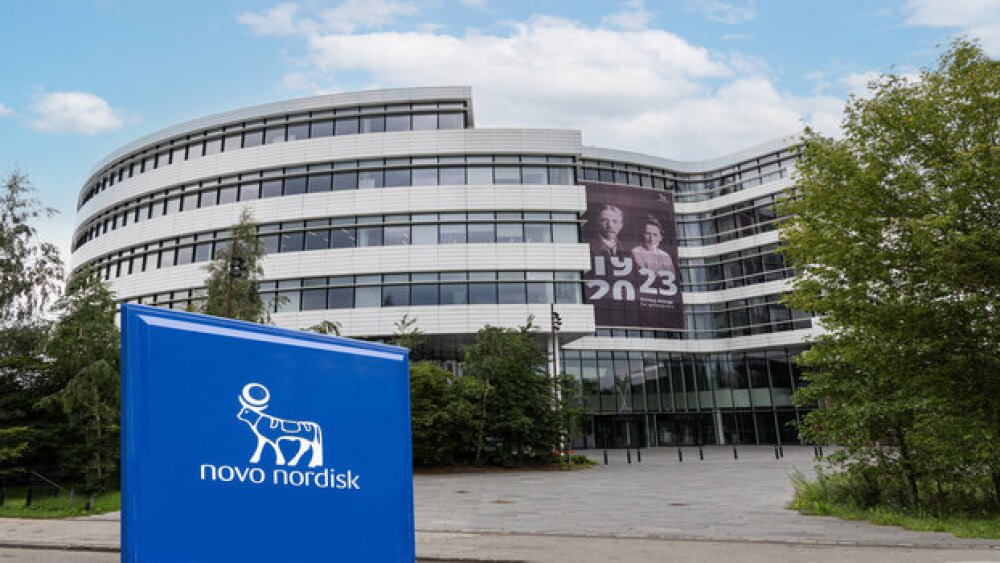In order to dress appropriately, it’s important to first understand exactly what business casual attire means, consists of and how it differs from your other options.
Learn about business casual attire.
As you know, dress codes in the workplace vary greatly based on the individual company. While some require sporting a suit and tie, others fall into the realm of business casual attire. And while casual may sound simple, this particular dress requirement can be tricky to navigate, as some tend to push the needle too far in the casual direction, forgetting that they are indeed still at work. So, in order to dress appropriately, it’s important to first understand exactly what business casual means, consists of and how it differs from your other options.
Differences Between Business Dress and Business Casual Attire
In general, business clothing is somewhat formal, non-provocative, and designed to be unoffensive. Employees should strive to look professional at work, even if the company has business casual attire. In fact, that’s why the category of business casual was initially invented – so workers could be fairly comfortable on the job while looking highly presentable at the same time.
Business dress is a more extreme form. Pants with patch pockets (those sewn onto the outside of the fabric in the back), like khakis and corduroys, are not allowed. Think more along the lines of suit pants for both men and women, and skirts for the latter, along with suit jackets, shirts, blouses, and ties. Business casual attire, on the other hand, allows for pants with patch pockets. This is the main difference between the two.
Business Casual Attire Suggestions for Women
Luckily, women have a plethora of options in the business casual world. Skirts, pants, blouses and sweaters are all on the list. For example, a pair of khaki pants paired with a shell and a cardigan is fine, as is a simple skirt with a blouse. Open-toe shoes, like pumps, fall within the standard business casual dress code as well. Other dress shoes, like loafers, kitten heels, and closed toes pumps, are allowed as well. Feel free to wear short-sleeved tops as long as the shoulders aren’t visible. This means if a camisole is worn, it should be topped with a jacket or sweater. The pairing options are plentiful.
Business Casual Suggestions for Men
Men also have many options when it comes to dressing in business casual attire. Rather than wearing suits complete with jackets and ties, articles like polo shirts and short-sleeved dress shirts can be worn. Khakis and corduroys are the main pants options, especially when paired with oxfords, loafers and other dress shoes that have a slightly more relaxed feel. No wingtips necessary, but stop short of wearing sneakers or even shoes that resemble sneakers. Men can also wear sweaters and other collared shirts, and no tie is necessary. Think “comfortable, yet slightly formal” when getting dressed in this manner.
The Main Event: What Not to Wear
Though casual is in the name, there are definitely a few clothing options that aren’t acceptable in a typical business casual workplace. Both men and women should avoid wearing jeans, sneakers, workout gear and anything that falls in the athleisure category unless specifically allowed by your employer. This means no leggings, sweatpants, sweatshirts, shorts, t-shirts or tank tops. All of these items are far too casual for a business casual workplace, even on so-called casual Fridays. However, on those days, if the workplace allows them, jeans may be worn, as long as they don’t have holes, slits or rips in them, along with other items that still look fairly professional, such as nice sweaters, shirts and other comfortable options.
Not Sure? Play It Safe
The best rule of thumb is, if necessary, err on the side of caution. Ask human resources or even a manager about the dress code if you are not unsure about a particular clothing item rather than arriving in an inappropriate ensemble. The company may consider certain items of clothing “business casual attire” and others not, depending on their particular stance. In the workplace, it’s always best to ask rather than assume, in order to gain a clear perspective of what employees are expected to wear to work.





